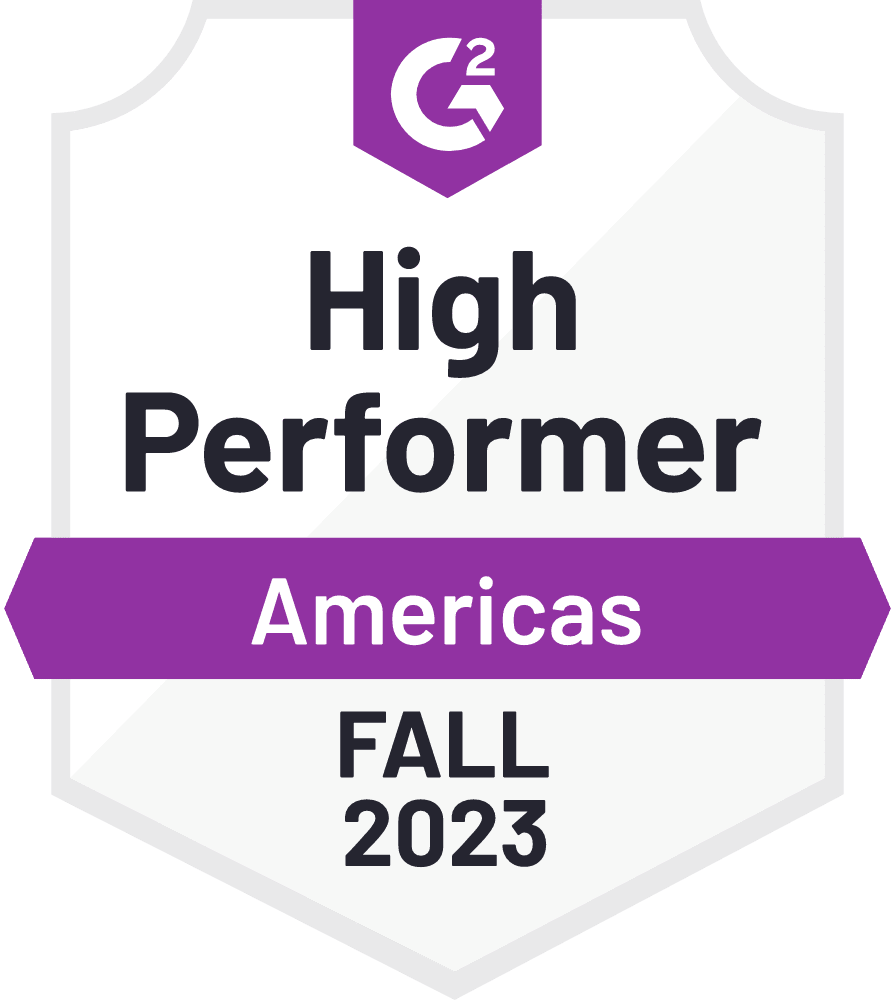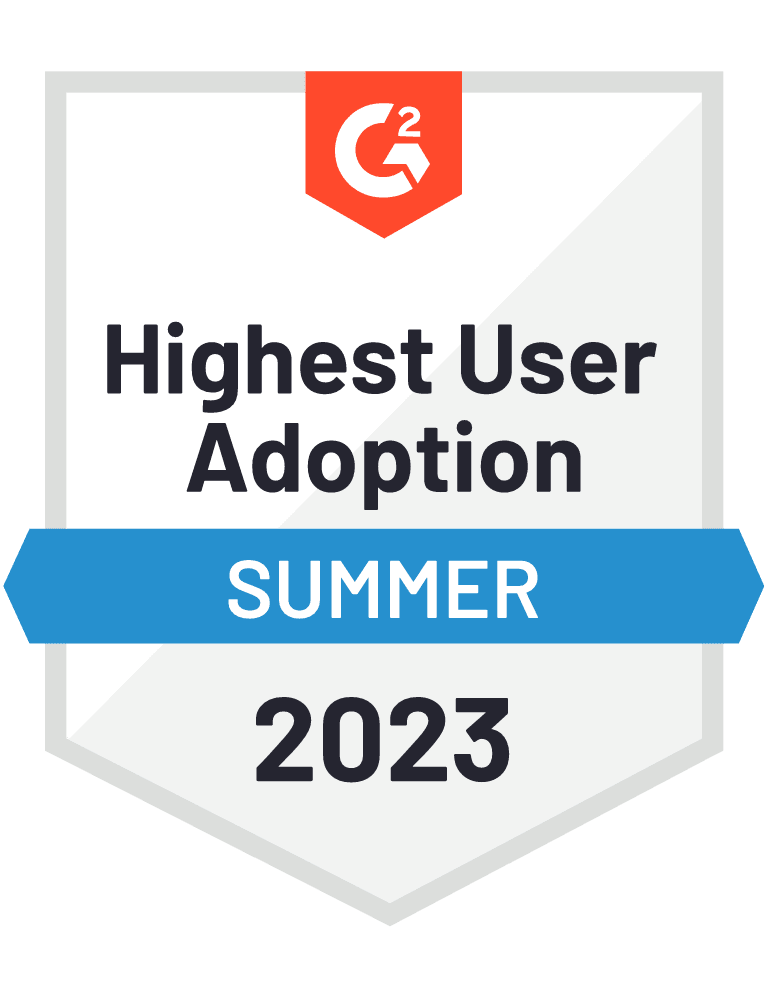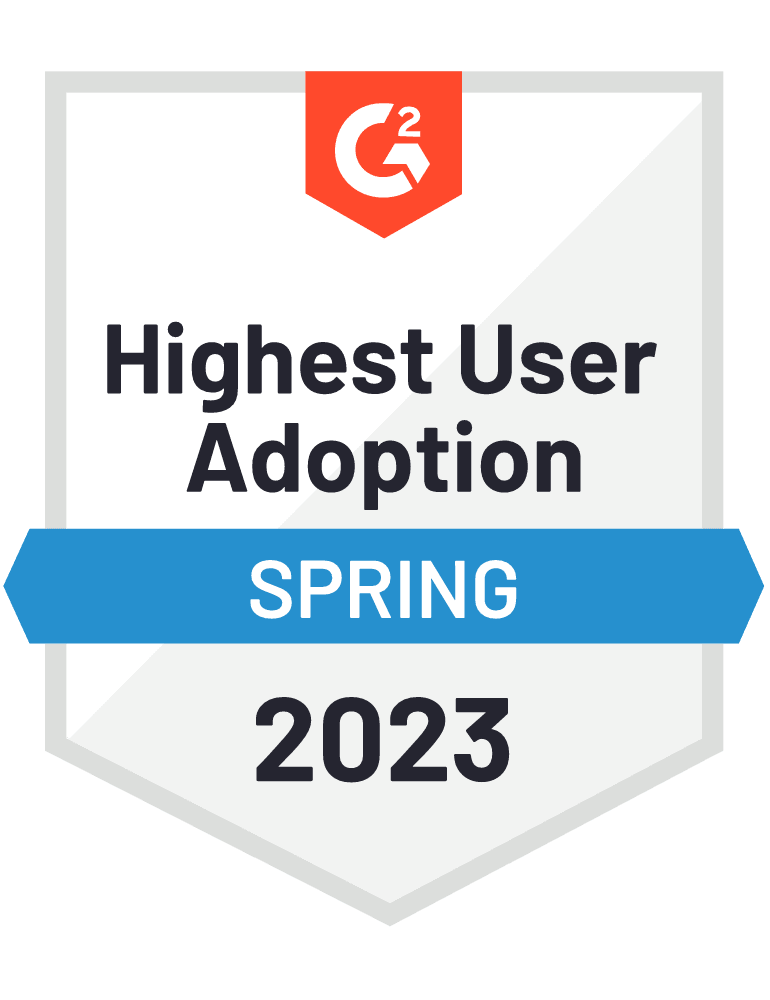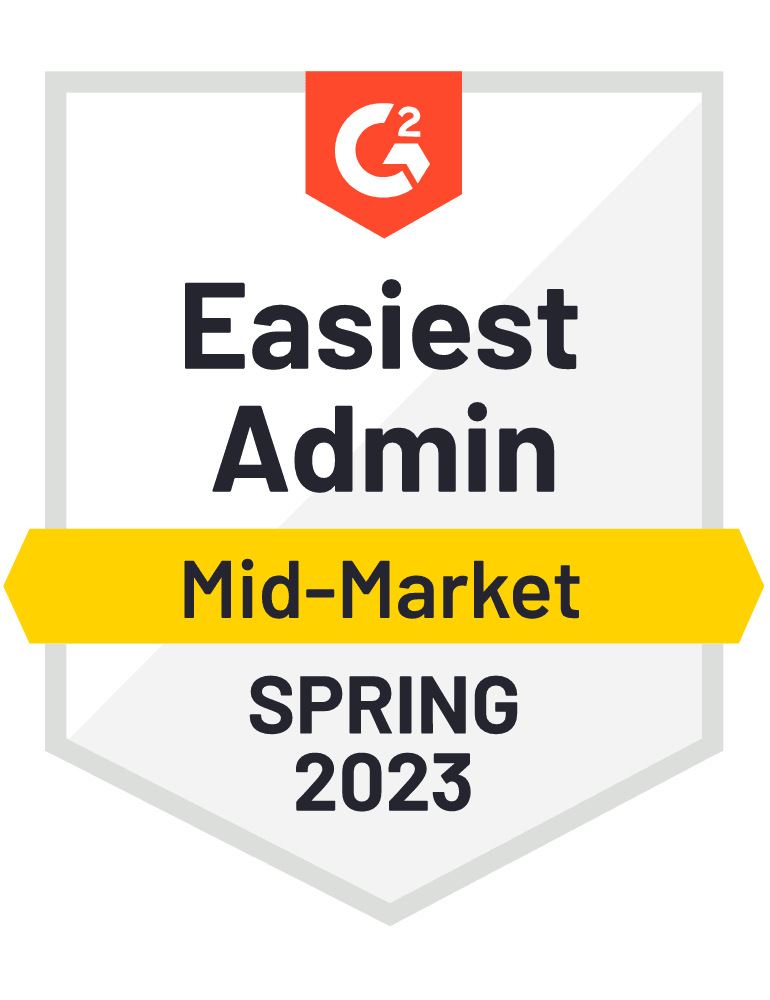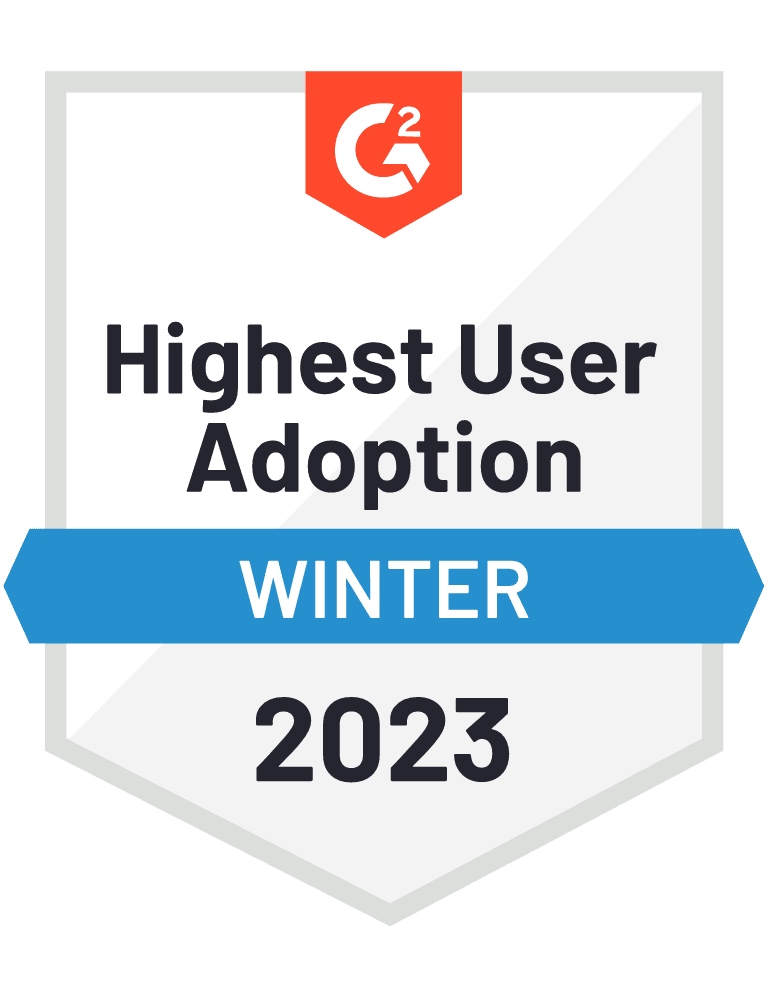Welcome to Pay Matters, our monthly roundup of all the payroll and compliance news that you must know.
Stay informed and in compliance with our monthly payroll alerts and insights.
IRS Releases Second Draft of 2020 Form W-4, Pub 15-T, and new Tax Calculator
On August 8, the IRS released the second draft of the 2020 Form W-4. Though there were no substantive changes form the first draft, minor changes include the following:
- The word “allowance” was removed from the name of the forms, as allowances will no longer be used to determine withholding.
- The status “Qualifying Widow(er)” was added.
- The name of Step 2 was changed from “Account for Multiple Jobs” to “Multiple Jobs or Spouse Works”
- In the first draft, employees could claim exemptions from withholding by writing “Exempt” in Step 4 Line 4(d). The second version removes that line and instructs employee to write “Exempt” in the space beneath Step 4 Line 4(c).
The final version of the 2020 Form W-4 is expected in late Fall 2019. The IRS has stated that they do not expect any further substantive changes to be made on the final form, other than inflation-adjusted numbers, and this form can be used for system development.
The IRS also released the second draft of Publication 15-T Federal Income Tax Withholding Methods. This draft expands upon the first, adding information on withholding adjustments for nonresident aliens and wage-bracket method tables for manual payroll systems. The IRS also unveiled a new withholding tax estimator which employees can use to determine the right amount of federal withholding. This new version of the calculator incorporates user feedback, includes an infographic, and is intended to provide a more user-friendly resource.
The IRS recommends that employees use the estimator to verify that their withholding is accurate and to avoid large refunds or penalties for underpayments during the 2019 filing season.
Do you want to learn more important information about how the new 2020 withholding methods will affect you? Sign up for one of our webinars below:
Federal Tax Withholding in 2020: How to Prepare
Wednesday, October 23, 2019, 2 PM - 3 PM EST
Wednesday, November 6, 2019, 2 PM - 3 PM EST
IRS Launches 2017 ACA Enforcement
The IRS has started issuing Letters 226J for 2017, notifying employers of potential Employer Shared Responsibly Payments (ESRP) under the Affordable Care Act (ACA). Penalties may be assessed on employers whose employees received Premium Tax Credits on the Health Insurance Exchange and who did not offer affordable, minimum value health insurance.
For more information on Letter 226J and steps to take should you receive a letter, click here.
IRS Expands Employer HRA Options
On June 13, final rules were issued, creating two new types of Health Reimbursement Arrangements (HRA).
HRA’s are health plans funded solely by employer contributions and are used to reimburse specific medical expenses incurred by employees. Previously, under the Affordable Care Act, employers were not permitted to offer their employees HRAs that were not connected to a group health plan, because as stand-alone arrangements, HRAs did not satisfy the ACA’s annual dollar limit prohibition and the preventive services requirements.
Under the new regulations, effective January 1, 2020, employees may offer the following HRA options:
Individual Coverage HRA (ICHRA) - Employees purchasing individual coverage on the private marketplace or from an ACA Exchange (or – in some circumstances, Medicare and Medicaid supplements) can be reimbursed for the cost. Employers cannot offer both traditional group health plans and an ICHRA, but may continue group coverage for employees already enrolled, while offering ICHRAs to new hires only. All eligible employers within an employee class (such as full-time/part-time or hourly/salary) must be offered the same benefits and must be permitted to opt-out at least annually. Employees who participate in ICHRAs will be ineligible to receive premium subsidies or tax credits from the Exchange. There is no annual contribution cap on an ICHRA.
This rule is even more expansive than the QSEHRA rule, issued in 2016, which allowed employers with less than 50 employees to reimburse employees for their non-group coverage premiums.
Excepted Benefits HRA - Employers can reimburse employees– whether enrolled in their group plan or not -- up to $1800 per year for “excepted” benefits, such as vision and dental insurance premiums and COBRA continuation coverage. Employers must offer a traditional group health plan with the HRA, but employees can decline the health insurance and enroll solely in the HRA.
The Department of Health and Human Services has published a helpful FAQ providing more insight on the two new HRA options.
Massachusetts Updates PFML Guidance
The Massachusetts Department of Family and Medical Leave clarified that employer and employee contributions for the Paid Family and Medical Leave Act (PFML) will be based on the date wages are paid, not the date services were performed. Therefore, withholding will be required for all checks dated on or after October 1, 2019.
Previously the law required PFML contributions for services performed on or after October 1.
For more on the MA PFML law, click here.
Colorado Tip Pool Notice Requirements
Effective August 2, tips received by Colorado employees are the sole property of the receiving employee unless the employer publishes a notice on menus, table tents, or receipts informing customers that tips are pooled and shared by employees.
Under the previous law, employers could retain a portion of employee tips as long as a notice was posted that tips are the property of the employer. Under the new law, employers have no claim or right to employee tips. The law does allow employers to have mandatory tip pools and to set the allocation method for those pools.
For more information click here.
Oregon Passes Paid Family and Medical Leave Bill
On August 9, Oregon Governor Kate Brown signed legislation establishing 12 weeks of paid family and medical leave for Oregon workers.
Beginning January 1, 2022, employers with 25 or more employees must begin employer contributions and withholding contributions from employees to fund the paid family and medical leave insurance program. The tax will be capped at 1% of wages up to the Social Security wage base. Employees will pay 60% of the contribution and employers will pay the remaining 40%. Employers with less than 25 employees do not have to contribute.
Eligible employees may begin to request benefits on January 1, 2023 to care for a new child, recover from a serious illness, or for reason related to domestic violence or sexual assault. Employees must earn at least $1,000 a year to be eligible for paid leave.
More information on the administration of the paid family and medical leave program will be issued by September 2021.
This information is for educational purposes only, and not to provide specific legal advice. This may not reflect the most recent developments in the law and may not be applicable to a particular situation or jurisdiction.





